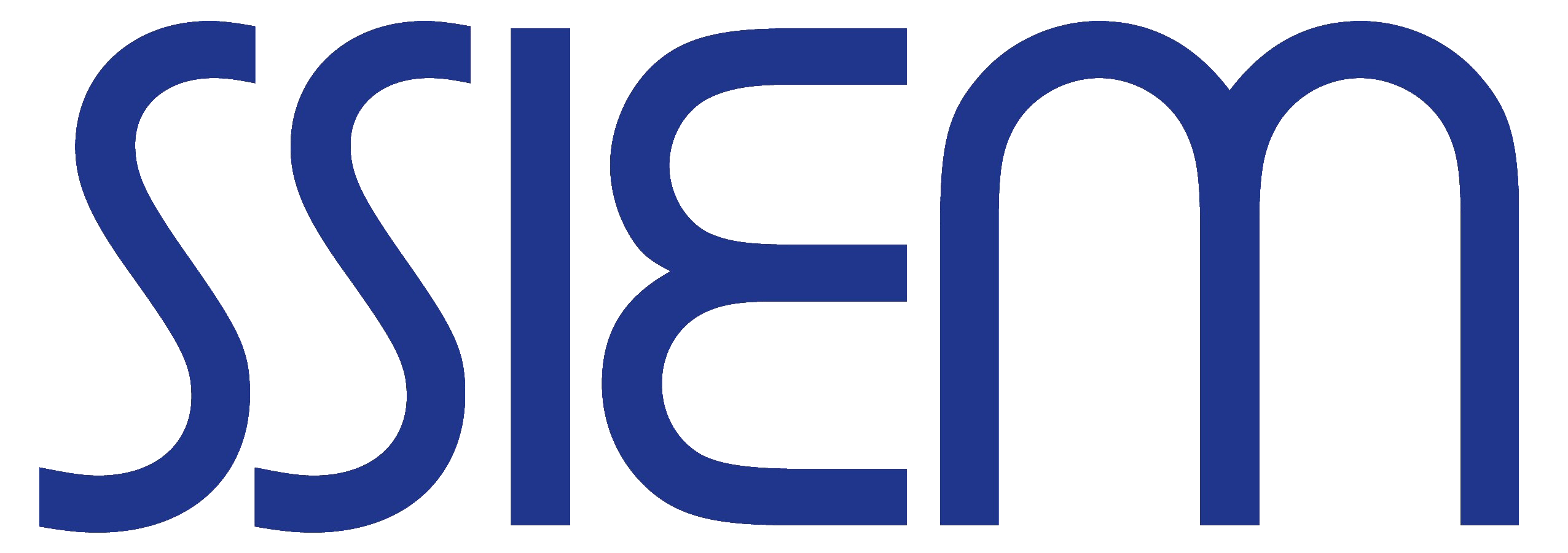A female infant was born at 40 weeks gestation by normal vaginal delivery with a birth weight of 3.9kg. There were no neonatal problems and she was discharged home with her mother at 24 hours. She was initially breast fed but after 6 weeks she was changed to a standard milk formula feed. From that time she started having episodes of vomiting and her weight gain was poor. Cow's milk protein intolerance was suspected and she was changed to a soya milk preparation but without improvement. At 4 months she was admitted to hospital with a 4 day history of becoming increasingly lethargic. On examination she is sleepy but rousable. She is visually alert but not smiling. Her liver is palpable at 4 cm below the right costal margin. Her pulse is 100/min, respiratory rate 30/min and capillary refill time (CRT) 2 seconds. Her weight is 5.8 kg.
Treatment
Let us now consider the initial management of this patient. She is encephalopathic and her blood ammonia is significantly raised. It is necessary to reduce the ammonia as quickly and safely as possible. The principals of management are as follows:
- Provide supportive therapy
- Reduce load on the affected pathway
This is achieved by stopping the intake of all enteral protein and giving IV dextrose (as 10% dextrose). Addition of a low dose infusion of intravenous insulin, with careful monitoring of blood sugar, may also help to inhibit catabolism and prevent the release of nitrogen from amino acids. - Remove ammonia
The strategy for lowering ammonia depends primarily on the blood ammonia concentration. Levels in excess of 400 μmol/l will normally require some form of extracorporeal therapy. A review of the literature suggests that CVVHD is the best option, but where this is not available any continuous extracorporeal removal should be started. Refs 23, 24,& 25 give more details and you may wish to read these.
Since this child's plasma ammonia level is less than 400 µmol/L, she is unlikely to need extracorporeal treatment. Medical treatment with intravenous 'scavenger' medication can be an effective method to reduce ammonia over 12 to 24 hours. Two medications are currently available – sodium benzoate and sodium phenylbutyrate
Usually sodium benzoate and sodium phenylbutyrate are given as a loading dose over 90 min followed by continuous infusions.
In OTC deficiency, citrulline cannot be formed normally from ornithine and carbamoylphosphate, and consequently arginine and ornithine also become depleted. In children with residual OTC activity the inadequate supply of ornithine will further reduce citrulline production. Arginine depletion also occurs in AS & AL deficiency. Endogenous IV arginine should be given in patients with acute hyperammonaemia due to a urea cycle disorder (except in arginase deficiency). As with sodium benzoate and sodium phenylbutyrate, a loading dose and continuous infusion should be given.
Read the European Guidelines on the management of hyperammonaemia in urea cycle disorders (http://www.ojrd.com/content/7/1/32) and then select the correct doses of the following medications that would be prescribed for a child weighing 5.8 Kgs with a diagnosis of OTC
After 24 hours of intravenous treatment her blood ammonia is 70 µmol/l and she appears much more alert. You should stop all intravenous fluids and re-start her back on normal diet. In the recovery phase it is important not to delay restarting some protein intake. This helps to prevent further catabolism and a recurrence of the hyperammonaemia. One possible scheme is to start with 0.5 g of protein/kg/d increasing by 0.5g/kg/day until reaching the daily minimal recommendation for age. In addition adequate calories must be given (often initially in the form of a glucose polymer). Medication should be changed to oral preparations once feeds are tolerated. During this period ammonia must be measured at least daily; regular monitoring of quantitative amino acids is also useful
